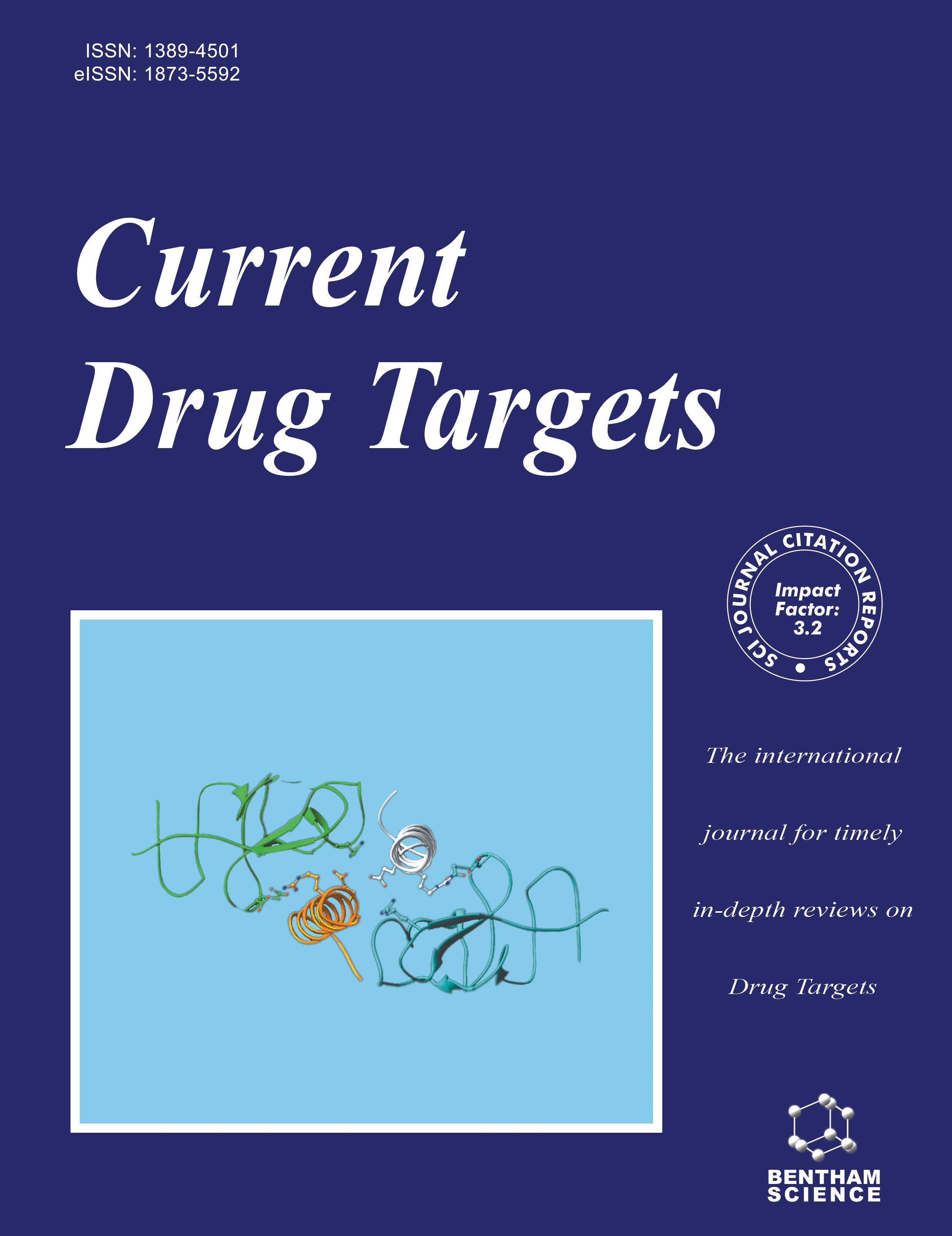
Full text loading...
We use cookies to track usage and preferences.I Understand
The family of proteins known as Bromodomain and Extra-Terminal (BET) proteins has become a key participant in the control of gene expression, having a significant impact on numerous physiological and pathological mechanisms. This review offers a thorough investigation of the BET protein family, clarifying its various roles in essential cellular processes and its connection to a variety of illnesses, from inflammatory disorders to cancer. The article explores the structural and functional features of BET proteins, emphasizing their special bromodomain modules that control chromatin dynamics by identifying acetylated histones. BET proteins' complex roles in the development of cardiovascular, neurodegenerative, and cancer diseases are carefully investigated, providing insight into possible treatment avenues. In addition, the review carefully examines the history and relevance of BET inhibitors, demonstrating their capacity to modify gene expression profiles and specifically target BET proteins. The encouraging outcomes of preclinical and clinical research highlight BET inhibitors' therapeutic potential across a range of disease contexts.
The article summarizes the state of BET inhibitors today and makes predictions about the challenges and future directions of the field. This article provides insights into the changing field of BET protein-targeted interventions by discussing the potential of personalized medicine and combination therapies involving BET inhibitors. This thorough analysis combines many aspects of BET proteins, such as their physiological roles and their roles in pathophysiological conditions. As such, it is an invaluable tool for scientists and medical professionals who are trying to figure out how to treat patients by using this fascinating protein family.

Article metrics loading...

Full text loading...
References


Data & Media loading...

